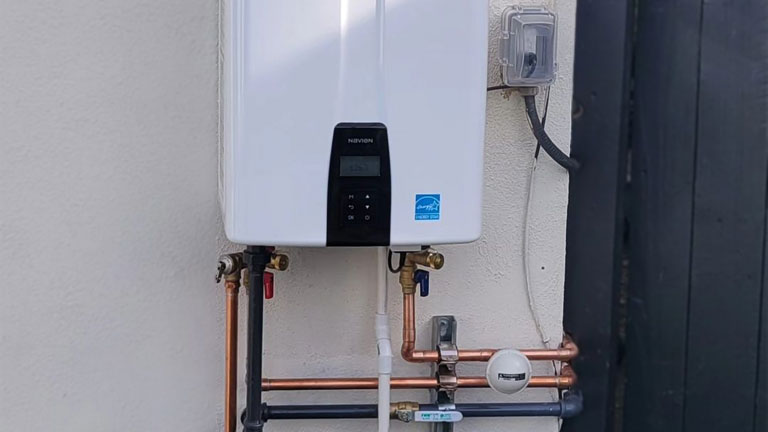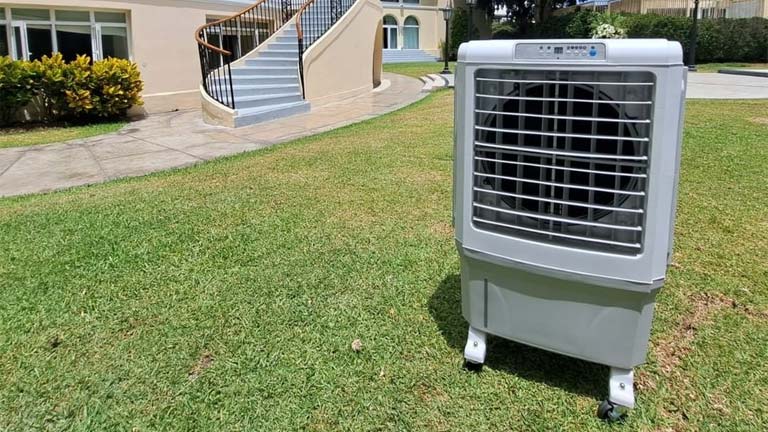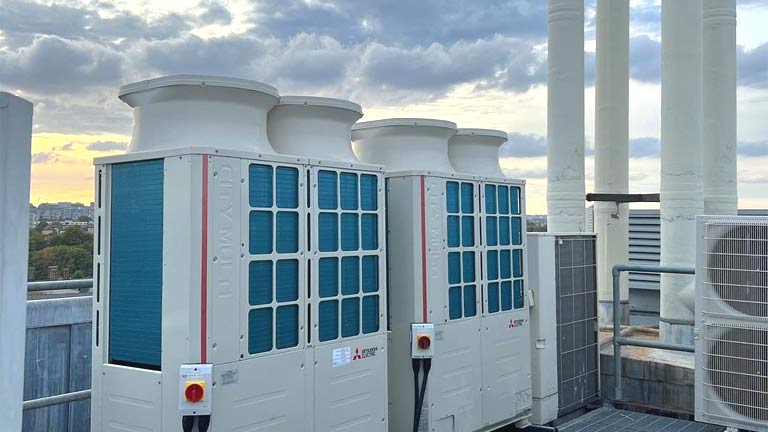
Keeping your hot water heater running smoothly is crucial for a comfortable home. This guide will show you easy and effective ways to take care of it, ensuring you always have hot water when needed.
From simple tips to important safety checks, we’ll cover everything you need to know about hot water heater maintenance. Whether you’re a seasoned homeowner or just starting, these steps will help you avoid costly repairs and extend the life of your heater. So, let’s dive in and learn how to keep your hot water flowing without a hitch!
Understanding Your Hot Water Heater
Maintaining your hot water heater is more than just a chore; ensuring your home runs smoothly and efficiently is crucial. Regular maintenance not only extends the lifespan of your heater but also prevents unexpected breakdowns that can disrupt your daily routine and lead to expensive repairs. This comprehensive guide will walk you through the essential steps and tips to keep your hot water heater in top condition.
Before diving into maintenance, it’s important to understand the basics of your hot water heater. There are two main types: tank or tankless models. Tankless heaters heat water on demand, offering energy efficiency and continuous hot water. Tank models store and heat water in a reservoir, providing a ready supply. Knowing which type you have is the first step in proper maintenance.
Regular Inspection and Maintenance
See how many of these steps you can do today and add them to your regular checklist.
1. Visual Inspection:
Start with a visual inspection of your hot water heater. Look for any wear, leaks, or corrosion around the tank and pipes. Check the pressure relief valve and the thermostat settings to ensure they function correctly. Identifying and addressing these issues early can prevent major damage.
2. Flush the Tank:
Sediment buildup can reduce your heater’s efficiency and damage the tank. Flushing the tank at least once a year helps remove sediment and maintain efficiency. Here’s how:
- Turn off the power supply for gas heaters or electric heaters.
- Connect a garden hose to the tank’s drain valve and lead the other end to a drain.
- Open the drain valve and let the water flow out until it clears.
- Close the valve, refill the tank, and restore the power or gas supply.
3. Check the Anode Rod:
The anode rod protects your tank from rust. Checking it annually and replacing it when worn out (usually every 3-5 years) can prevent rust and extend the tank’s life. To check the rod:
- Disconnect the power or gas supply.
- Unscrew the anode rod from the top of the water tank.
- If it is significantly corroded, replace it with a new one.
4. Insulate the Tank and Pipes:
Insulating your hot water heater and the first few feet of the hot and cold water pipes can reduce heat loss, lower energy bills, and deliver hot water more efficiently. Use insulation blankets for the tank and foam tubing for the pipes.
5. Temperature Setting:
Adjusting the temperature setting to around 120°F (49°C) balances energy efficiency and comfort, preventing scalding and reducing mineral buildup and corrosion inside the tank.
Safety Precautions
When performing maintenance, safety should be your top priority. Always turn off the power to an electric heater or the gas supply to a gas heater before starting any work. Use caution when opening the pressure relief valve, as the water can be hot. If you’re unsure about any steps to take, consider hiring a professional.
When to Call a Professional
While most homeowners can do regular maintenance, there are times when it’s best to call a professional, such as:
- If you notice consistent issues with water temperature or pressure.
- If there’s significant water leakage from the tank.
- When replacing major components like the thermostat or the heating element.
- A professional can also perform a comprehensive checkup and address any issues beyond the scope of routine maintenance.
Maintenance Checklist
To keep track of your hot water heater maintenance, here’s a handy checklist:
Monthly:
- Check for leaks and signs of wear or corrosion.
Annually:
- Flush the tank to remove sediment.
- Inspect and replace the anode rod if necessary.
- Insulate the tank and pipes.
- Check the pressure relief valve.
- Adjust the temperature setting.
Conclusion
Regular hot water heater maintenance is key to ensuring a steady supply of hot water, prolonging the lifespan of your heater, and saving money on energy bills. Following the steps outlined in this guide, you can prevent common issues and keep your hot water heater running efficiently for years. Remember, a little attention goes a long way in avoiding the inconvenience and cost of unexpected repairs.




